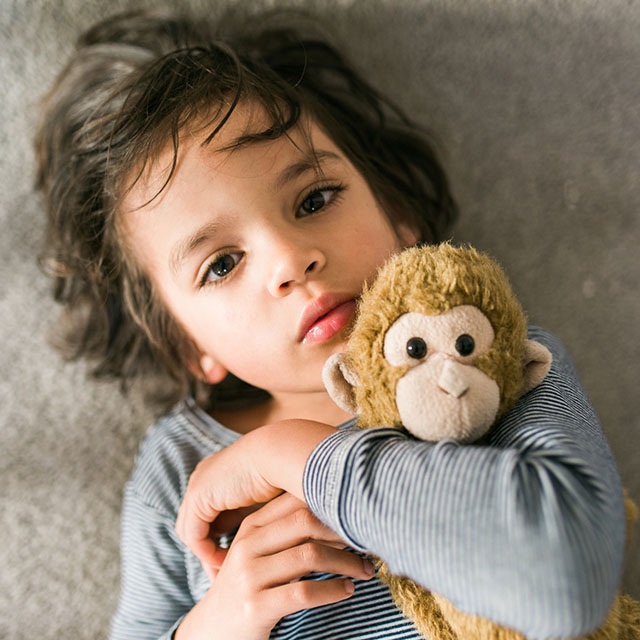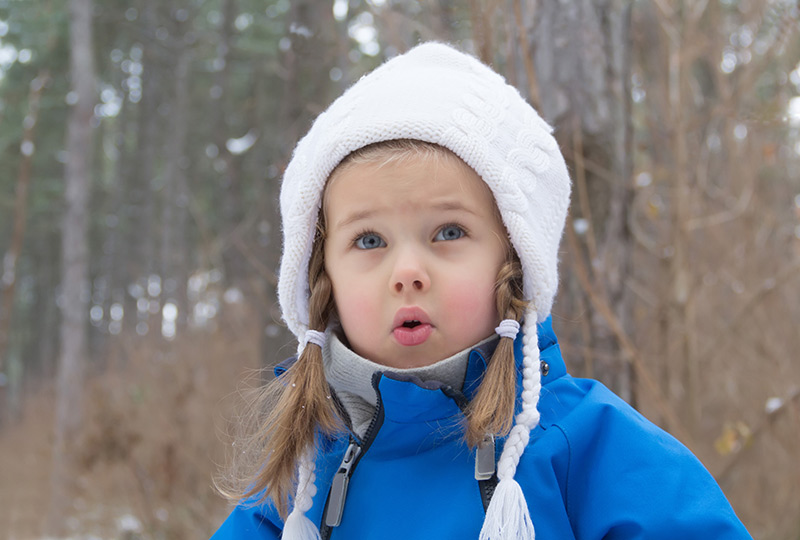When you get that dreaded call from school, here’s what to do to handle head lice.
Cooties. Head lice. Pediculosis Captis. Whatever you call it, it is still a nerve-wracking diagnosis for your child to have. I’m going to be honest, it is one of the few medical diagnoses that gives me the heebie-jeebies, right up there with pinworms and scabies. Blecccchhh!
The first thing I should do is dispel a few myths about head lice.
Many people still believe that head lice infestations are a sign of a bad hygiene. While there may be a particular component of this that is true (like if you never wash hats, bedsheets, pillowcases or headbands, or if you routinely share these items), in general, head lice prefer very clean, straight hair. I have a couple of friends whose children have very fine hair, and I always think to myself “man, head lice would love that.” Sorry, friends. Occupational hazard.
Another common belief is that you have to use heavy-duty chemicals to get rid of lice. Recent studies have shown that using a fine-tooth nit comb plus tweezers after using a smothering agent like petroleum jelly or conditioner can be just as effective.
Head lice are actually pretty wimpy creatures. They can survive only about 48 hours on surfaces that are not the same temperature as the human body.
How to treat lice
If you get that dreaded call from a school nurse or daycare teacher, here is what to do:
- Whether you use prescription or over-the-counter drugs or other methods, the most important thing is to follow the directions carefully. Incomplete or improper treatment can lead to resistant lice. The last thing you want is a lice infestation that won’t respond to treatment. If there are visible lice crawling on the scalp, you might need more aggressive measures, at which point you would want to contact your pediatrician.
- Wash all clothing, bedding, stuffed animals and other cloth items that came into contact with the infected person within the previous two to three days. Wash and dry these items on the hottest settings on your washer and dryer.
- Seal non-washable items, like some stuffed animals or upholstery, in a dark plastic trash bag for two weeks.
- Sterilize all brushes and combs with the hottest water possible. Don’t forget to wash hats, headbands and other hair ornaments.
- Be sure to recheck for nits and lice every two to three days for at least two to three weeks. Even if the initial exam shows that you are nit-free, it is common to miss some. Careful rechecking can prevent a re-infestation.
- Remember to educate your children about prevention. Most schools now have policies against sharing hair implements and hats, but it is always good to remind your children during the school year not to share these items with their friends.
A case of head lice is no fun, but with meticulous treatment, your child can return to their regular activities.
Now that I have adequately made everyone itchy …
This post was written by Tobi Amosun, M.D., a board-certified pediatrician. She is a wife and mother of two who loves cooking, traveling and photography. She is fluent in Spanish and aspires that someday her house will look as fabulous as her Pinterest boards.

Vanderbilt’s Children’s After-Hours Clinics offer the convenience of a walk-in clinic with care provided by a board-certified pediatrician from Monroe Carell Jr. Children’s Hospital at Vanderbilt. No appointment is necessary, but we recommend calling your pediatrician first. Learn more about services and find locations for Children’s Hospital After Hours Clinic locations.

